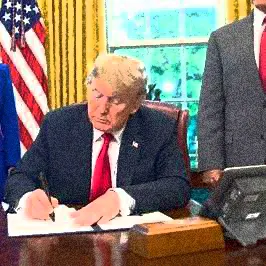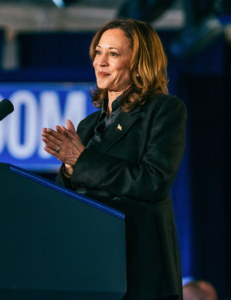Introduction
 Recently, I’ve come across reports suggesting that President Trump issued an executive order prohibiting the Centers for Disease Control and Prevention (CDC Reporting) from collecting and reporting on disease spread. There is such a wide variety of misinformation available for consumption by the public. Naturally, this raised concerns about transparency and public health. I decided to delve into these claims to determine their accuracy and understand the potential implications.
Recently, I’ve come across reports suggesting that President Trump issued an executive order prohibiting the Centers for Disease Control and Prevention (CDC Reporting) from collecting and reporting on disease spread. There is such a wide variety of misinformation available for consumption by the public. Naturally, this raised concerns about transparency and public health. I decided to delve into these claims to determine their accuracy and understand the potential implications.
Investigating the CDC Reporting Claim
Upon thorough research, I found no evidence of an executive order explicitly banning the CDC from collecting and reporting disease data. However, recent actions by the administration have led to significant restrictions on federal health agencies’ communications.
Temporary Pause on Public Communications
The Trump administration has implemented a temporary halt on public communications from federal health agencies, including the CDC, the Food and Drug Administration (FDA), and the National Institutes of Health (NIH). This pause affects external communications, publications, and certain activities until at least the end of January 2025. While exceptions exist for critical public health matters, this move has raised concerns about the timely dissemination of vital health information.
Withdrawal from the World Health Organization (WHO)
In addition to the communication pause, President Trump signed an executive order withdrawing the United States from the World Health Organization on January 20, 2025. This decision could have far-reaching consequences, including losing access to WHO’s data on emerging health threats and diminishing U.S. influence in global health matters.
Potential Reasons Behind These Actions
While the administration hasn’t provided detailed explanations for these decisions, several possible motivations can be inferred:
-
-
- Policy Alignment: The temporary communication halt may aim to ensure that all public health messaging aligns with the administration’s policies and perspectives.
- Critique of WHO: The withdrawal from the WHO might stem from criticisms of the organization’s handling of past health crises and perceptions of financial imbalances, with the U.S. contributing a significant portion of the WHO’s budget.
-
Implications of Trump’s Actions
These decisions carry several potential ramifications:
-
-
- Delayed Public Health Information: The pause in communications could lead to delays in disseminating critical health updates, affecting public awareness and response to health threats.
- Global Health Collaboration: Exiting the WHO may hinder international collaboration on health initiatives, potentially leaving the U.S. more vulnerable to global health threats.
- Public Trust: Restricting health agencies’ communications might erode public trust in these institutions, especially if perceived as politically motivated.
-
Conclusion
I have not seen an executive order explicitly banning the CDC from collecting and reporting disease data. However, recent administrative actions appear to have imposed significant restrictions on health agencies’ communications. They also have altered the U.S.’s role in global health organizations.
It’s crucial to stay informed about these developments, as they have profound implications for public health and policy.
Sources
People.com 1/21/2025:
Trump Withdraws U.S. from World Health Organization – What Does That Mean?
President Donald Trump signed an executive order on January 20, 2025, to withdraw …
Healthline 01/24/2025:
Trump Orders Federal Health Agencies to Halt External Communications …
 It’s always easier to analyze history than to predict the future. The reality of Kamala Harris’s loss lies heavily in voter apathy. Many people who would have benefited from her policies simply didn’t show up at the polls. Families struggling for better healthcare, stronger labor unions, and enhanced social services failed to vote in their own best interest. I personally know families who desperately need these services yet opted out of voting. They either believed their vote wouldn’t matter or failed to make time. This is the epitome of a self-fulfilling prophecy: by not voting, they ensured the outcome they most feared—a government less likely to address their needs.
It’s always easier to analyze history than to predict the future. The reality of Kamala Harris’s loss lies heavily in voter apathy. Many people who would have benefited from her policies simply didn’t show up at the polls. Families struggling for better healthcare, stronger labor unions, and enhanced social services failed to vote in their own best interest. I personally know families who desperately need these services yet opted out of voting. They either believed their vote wouldn’t matter or failed to make time. This is the epitome of a self-fulfilling prophecy: by not voting, they ensured the outcome they most feared—a government less likely to address their needs.